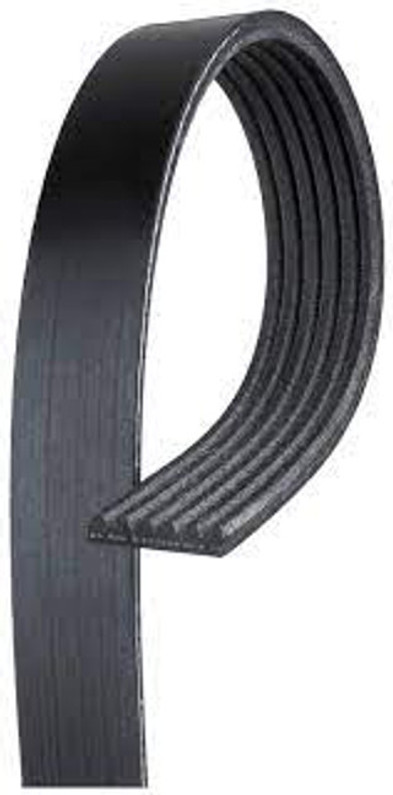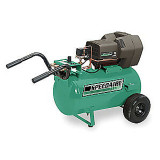Part of the Week: Air Compressor Belts
When it comes to keeping your air compressor running smoothly, few parts are as essential as the air compressor belt. While it might seem like a simple component, this belt plays a crucial role in the efficiency and longevity of your compressor. Let's dive into the uses and benefits of air compressor belts and why it's important to keep them in top condition.
What Are Air Compressor Belts?
Air compressor belts connect the motor to the air compressor pump. When the motor runs, it turns the belt, which in turn drives the compressor pump. This simple but effective mechanism is what powers many air compressors, particularly in larger or more industrial models.
Key Uses of Air Compressor Belts
- Power Transmission: The primary function of the air compressor belt is to transfer power from the motor to the air compressor pump. Without a functioning belt, your air compressor wouldn't be able to build up the necessary pressure to operate tools or perform other tasks.
- Speed Regulation: The belt allows for smooth and consistent power transfer, ensuring that the air compressor pump runs at the correct speed. This is essential for maintaining the efficiency of the air compressor and avoiding unnecessary wear and tear on the pump.
- Noise Reduction: A properly maintained belt can help reduce the noise level of your air compressor. Belts made from high-quality materials can absorb vibrations, leading to quieter operation—a significant benefit in environments where noise reduction is a priority.
Benefits of Maintaining Your Air Compressor Belt
- Improved Efficiency: A well-maintained belt ensures that your air compressor operates at peak efficiency. If the belt is worn or loose, it can slip, causing the compressor to work harder and use more energy, ultimately leading to higher operational costs.
- Extended Compressor Life: Regularly inspecting and replacing the belt as needed can significantly extend the life of your air compressor. A damaged belt can cause uneven wear on the compressor pump and motor, leading to more frequent breakdowns and costly repairs.
- Cost Savings: By preventing excessive wear and tear on your compressor, a properly functioning belt can help you avoid expensive repairs or the need to replace the entire unit. This small investment in maintenance pays off in the long run.
- Safety: A frayed or cracked belt can break suddenly, potentially causing injury or damage to your equipment. Regular checks and timely replacements help keep your work environment safe.
When to Replace Your Air Compressor Belt
To keep your air compressor running efficiently, it's essential to inspect the belt regularly for signs of wear, such as cracks, fraying, or glazing. If you notice any of these signs, it’s time to replace the belt. Additionally, if your compressor isn’t building pressure as quickly as it used to, a worn belt could be the culprit. Lastly, if a belt is too loose or too tight it can cause many problems, such as wear on the pump and motor crankshaft bearings, and the pump can stall.
The air compressor belt may be a small part, but it plays a vital role in the overall performance of your air compressor. Regular maintenance and timely replacements can save you time, money, and headaches down the line. At Master Tool Repair, we offer high-quality air compressor belts that are designed to last, ensuring your compressor remains reliable for years to come.
Recent Posts
-
Oil-Bath vs. Oil-Free Air Compressors: Which One Is Right for You?
When it comes to choosing the right air compressor for your needs, one of the most common questions …Dec 20, 2024 -
California Air Tools 8010: The Ultra-Quiet, Oil-Free Air Compressor You’ve Been Looking For
If you’ve ever been frustrated by the ear-splitting noise of traditional air compressors or the main …Dec 12, 2024 -
Trouble-Shooting a Safety Relief Valve
The Safety Relief (or Release) Valve is probably the most important item on your air compressor...i …Dec 12, 2024




